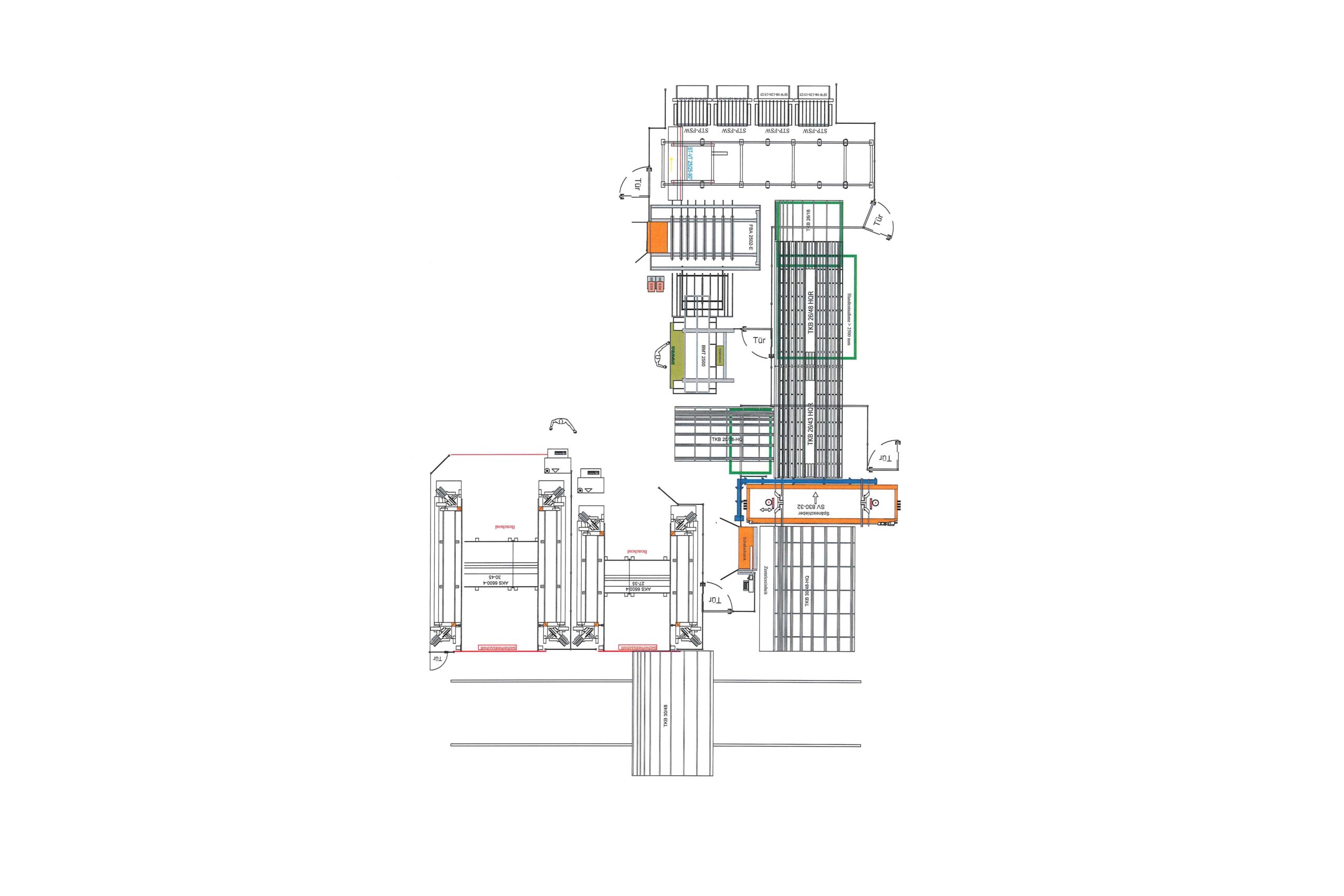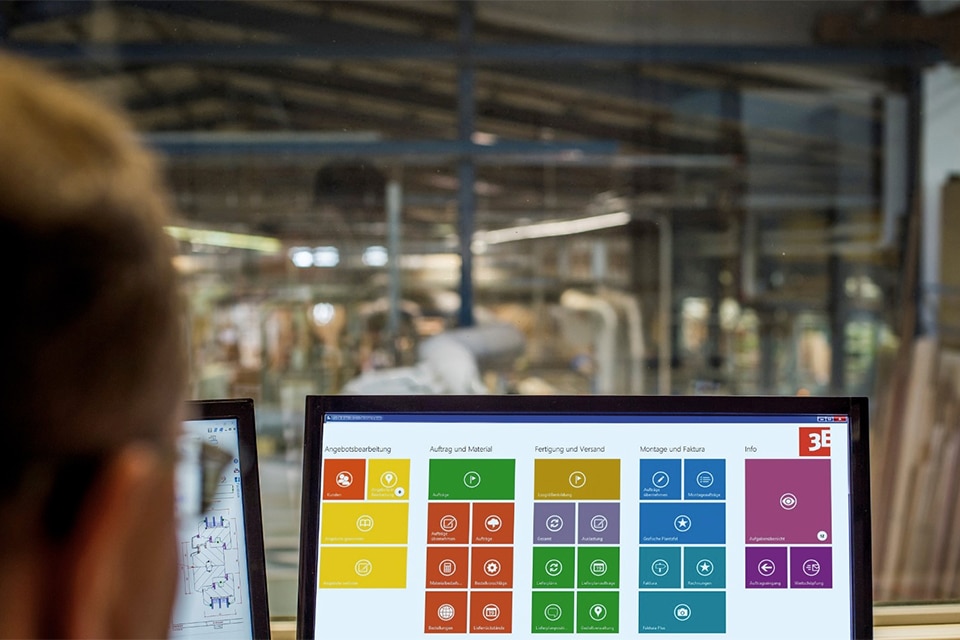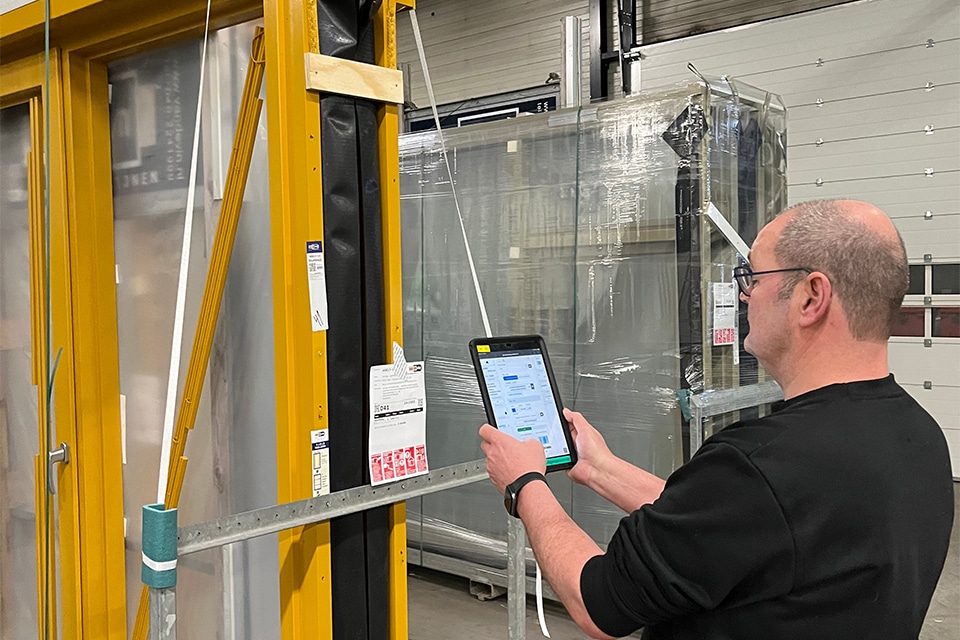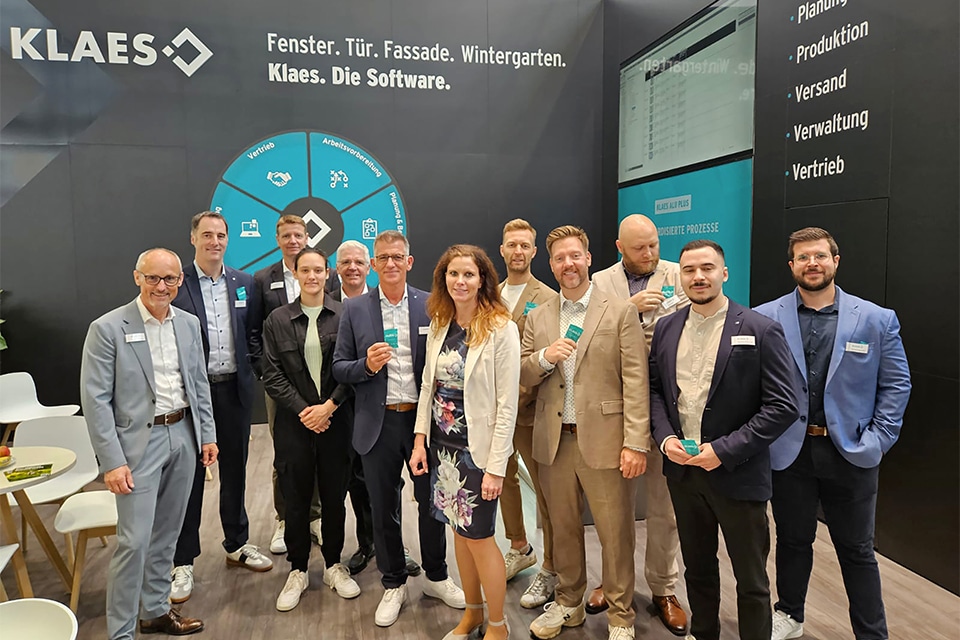
What "support" should you expect from your software vendor ?
Under the motto : there are no stupid questions, only stupid answers, you as a customer must be able to count on permanent, efficient and qualitative support when using the software. Key features are wide availability, easy accessibility and above all a fast response time. As a user, you have no use for an automated e-mail notification that everything has arrived well and then everything falls silent.
We distinguish 4 levels of questions in "support"
1. Questions for the Hotline : 1e line support
The most visible of the support is the so-called hotline, the first-line support that tries to provide immediate answers to the reported problem or question asked.
Most questions that come up are solved immediately. Often it is about an ignorance where "the nudge" gets the user going again or about moving a setting.
So the hotline should be able to thoroughly analyze your question and always choose the fastest path to the best solution. Taking over your computer, via a coded Internet connection, helps to guide you even better.
2. Questions for the Helpdesk : 2e line support
But there is more: the questions about the behavior of the software package is sometimes a confluence of circumstances: the hardware installation, the operating system, the antivirus, the number of simultaneous users, etc.... For the user it is often not clear from where the problem comes. The help desk tries to find this out and if necessary they contact your IT department or Hardware vendor to look for the cause and solution together.
3. Questions for the Support Department : 3e line support
"No software without bugs, only sometimes they remain undiscovered" is a well-known saying about programs. So it also happens that completely unexpected unexplained behavior occurs, the suspicion of a 'bug', i.e. a programming error. Support will then try to isolate the 'bug'.
This can be done by trying to figure out when and how the error is triggered. It can also be done by transferring the settings and data to another installation - read at the support department itself - and further analyzing the behavior of the software package there. It always comes down to adjusting the preconditions in such a way that an obvious situation about the cause emerges.
And of course you also want all known problems to be fixed quickly in a next version, preferably with some more new and improved controls and functionalities, so that the efficiency for the user is increased even more. Pieces of software called "bug fixes" are then used to fix the bugs or perform the updates.
4. Asking for additional features
A final category of questions that also need to be answered are those for additional features. These are legitimate questions from users who already use all the features and then want to go for that extra step.
Your company needs certain features that are not provided in your standard package? It is important that your software supplier, has employees available who have sufficient experience and insight to develop these functionalities, specific to your company.
Either personalization via customization or programming is then done.
A subsequent software upgrade will add these new features that will then be available to everyone.
Conclusion :
The organization of support from your software vendor is extremely important. Take this into account when purchasing software. Decisive here is a well-organized service department with a lot of experience and specific knowledge of the processes in the joinery industry.
Wondering how we approach this ? Feel free to contact.




